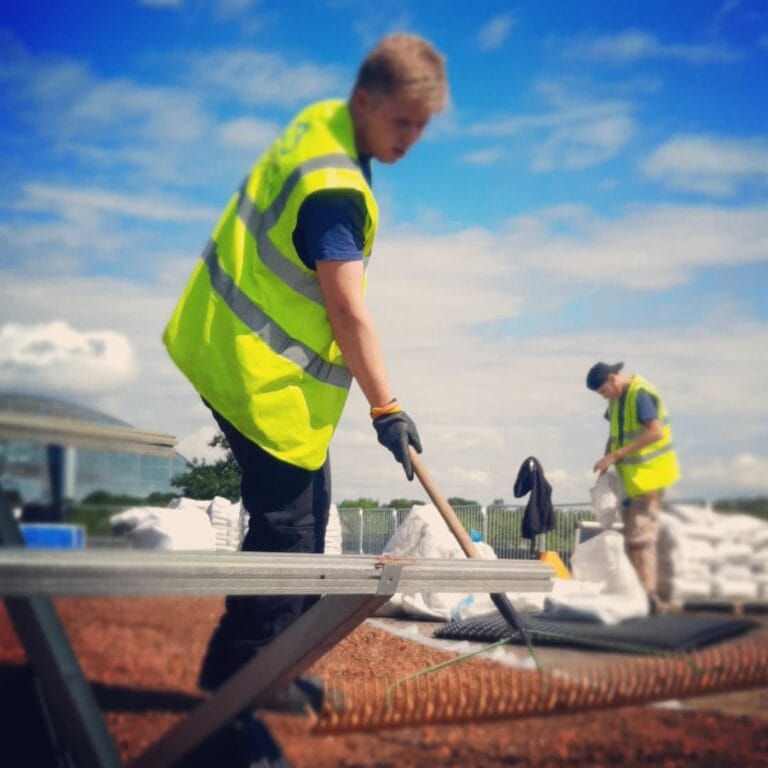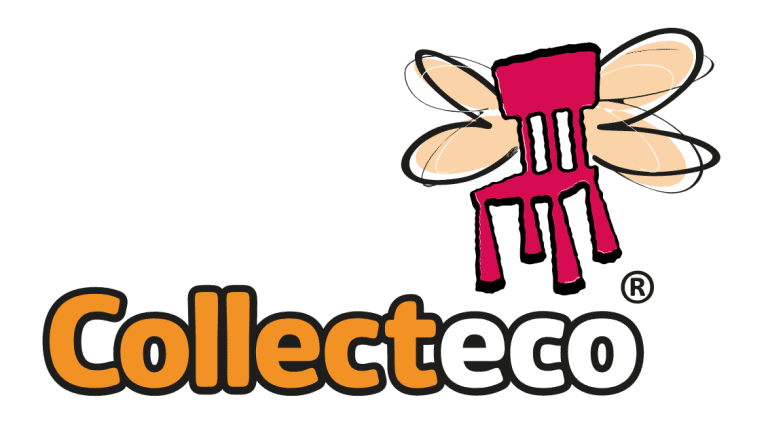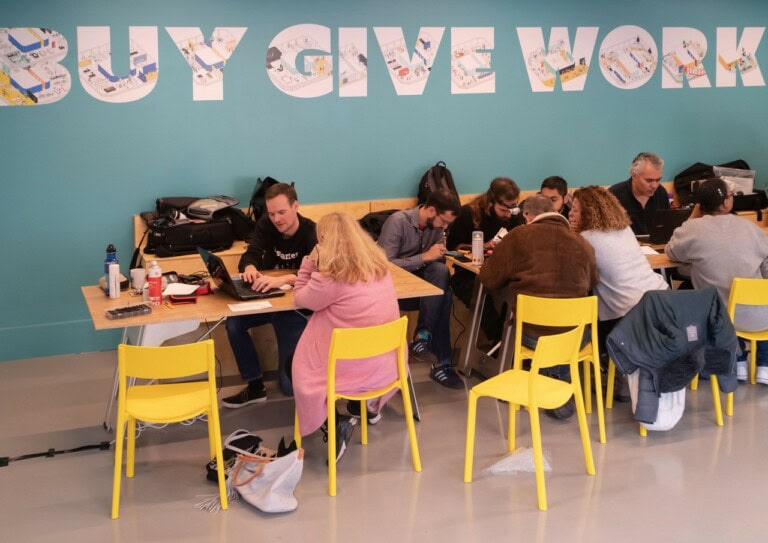Aeroponic vertical farm

Problem Addressed
By 2050, 80% of all consumed food will be consumed in cities, according to Ellen Macarthur Foundation. The industrial food system is outdated and insufficient, and is failing people and the environment. According to the Waste and Resources Action Programme, 35% of the UK’s GHG emissions comes from food and drinks, with over three quarters of fresh fruits and vegetables imported from overseas (lettusgrow). For every £1 spent on food, £2 is incurred in terms of economic, health and environmental cost (Ellen Macarthur Foundation).
One factor in this failure is the complete disconnection between large swathes of urban populations and their foods’ origin. Providing a space dedicated to growing food 365 days a year in a controlled environment is a solution to this challenge.
Case Study
Grow It York is one such example of an urban container farming set-up, located in the container park named Spark:York.
Grow It York was first brought into reality by Katherine Denby, Professor in Centre for Novel Agricultural Products (CNAP) at the University of York, and Tom McKenzie, co-founder of Spark:York. Container farms were used to bring hyper-localised produce to the city centre.
The farm operates using a dynamic model for growing produce. Instead of using the traditional system of growing the maximum yield possible, they only grow and harvest what the local community needs. The benefits of this are practically no food wastage, use of non-arable land saving hectares of natural resources and massively reduced transport by supply to eateries and communities within walking distance.
Grow It York provides an opportunity to reach and enrich areas where the community can become an active part of the food production network, and reap the benefits at the same time. Visitors can observe the crops’ growth journey, and schools from the area have the opportunity to learn from the growers about current food systems, how vertical farms can help provide a solution to some of the issues currently faced in food production and can also learn how to harvest produce themselves.
Facts and Figures
This page presents data, evidence, and solutions that are provided by our partners and members and should therefore not be attributed to UKGBC. While we showcase these solutions for inspiration, to build consensus, and create momentum for climate action, UKGBC does not offer commercial endorsement of individual solutions. If you would like to quote something from this page, or more information, please contact our Communications team at media@ukgbc.org.
Related
Green roofs for people and nature

Tiny Forests in towns and cities

Collecting and donating surplus furniture, equipment and materials

Model to give away space when space is bought

